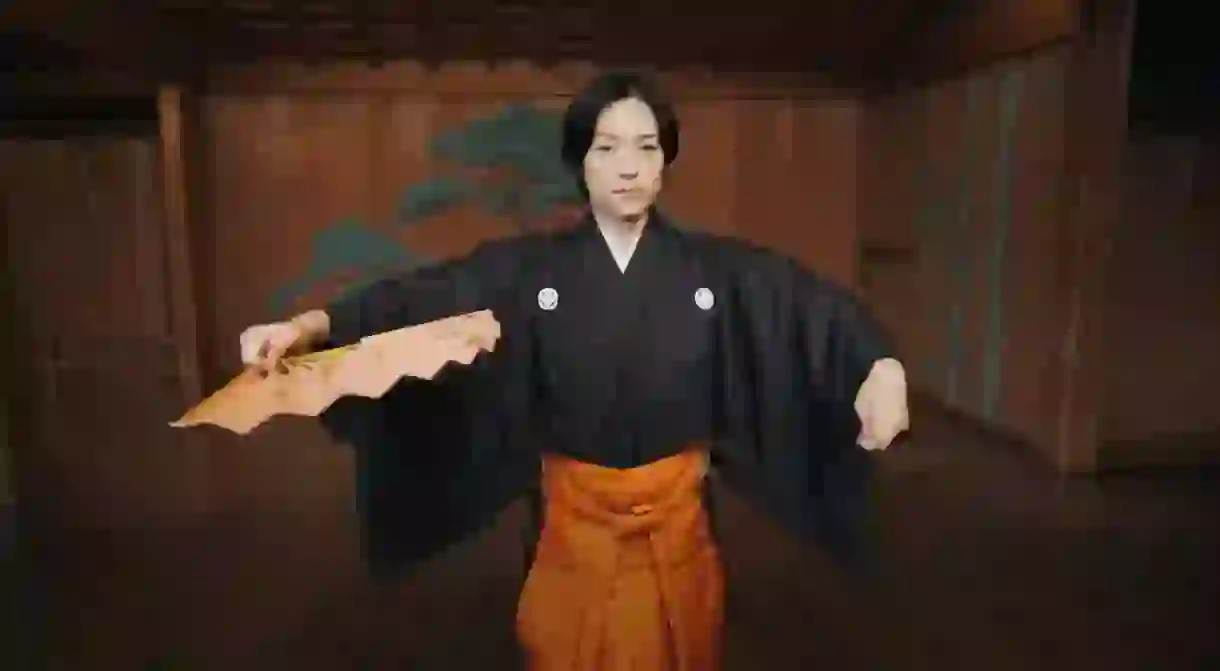Yoko Layer is Noh Theatre’s Leading Lady

Meet Yoko Layer, a Noh actor working to preserve the art she loves, while bringing it into the modern world.
Developed in the 14th century by father and son Kan’ami and Zeami, Noh theatre is one of Japan’s great artforms. Plays have been written about gods and mortals, the living and the dead, high-born warriors and lowly workers; almost all walks of life (and the afterlife) have had a place on the Noh stage – except for women. It was only in the 20th century that the first women became professional Noh actors.
Yoko Layer is one of the actors forging a new path, her deep respect for the rituals and traditions of Noh sitting alongside her desire to bring in new influences, whether by incorporating her training in Western theatre traditions or by encouraging anyone who has a passion for the art form to consider it as a career, regardless of their background or gender.
Despite the lack of female performers before 1948, Noh plays have always had plenty of female characters – just portrayed by male actors. It may seem obvious that the new wave of female performers would play the female roles, but Noh is not naturalistic – the gender of the character is indicated by the language used, the style of the clothes and mask, how they move. Just as men can play women under those conditions, so the argument goes, women can play men.
As Layer explains, “When a man puts on a female mask in Noh, he doesn’t change his voice, so when first seeing that you may think it’s just a man with a hoarse voice wearing a woman’s mask.”
Noh is an art about imagination; the audience and performers co-create the reality being expressed on stage. “So even if a man wears the mask of a cute girl, it doesn’t break the fourth wall. In the same way, a woman, even with a mask, doesn’t change her voice,” Layer says. “That’s how it became possible for women to enter this world.”
Layer was asked to study as an apprentice, enabling her to learn about Noh 24/7 – though, as she admits, “the big draw was when he told me it was free!” This is unusual, though, as it remains much more common for men to be taken on as uchideshi (“inside students”, live-in apprentices), and many major schools and theatres are reluctant to welcome women.
Less than a quarter of all Noh actors are women. But if Layer’s students feel half as passionately as she does about the art, this number should continue to rise. As she puts it, there’s only one thing which really matters: “If someone loves Noh, I want them to join!”













